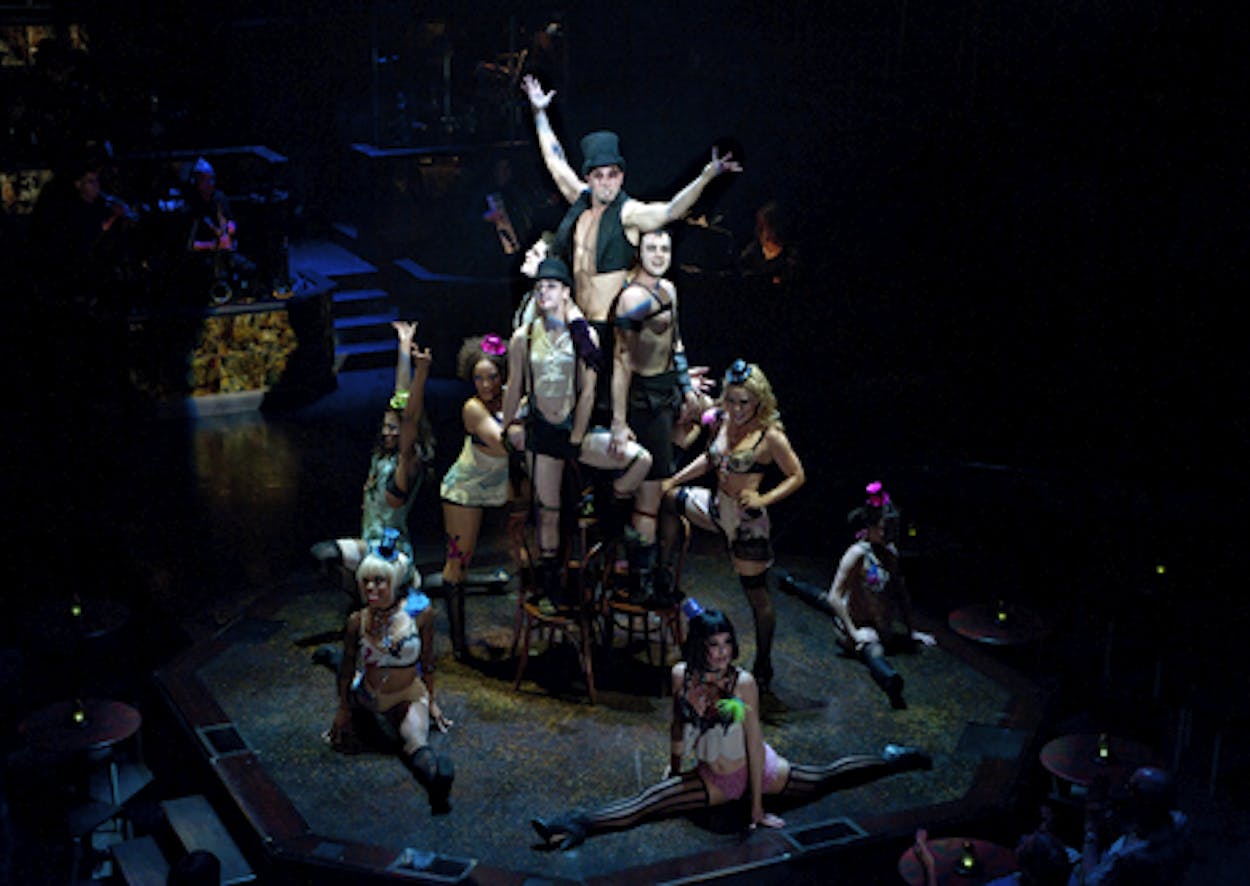For most of the last few decades, when national theater observers talked about Texas, the conversation focused on just one theater: the Alley, in Houston. It regularly premiered major works, like Horton Foote’s “The Carpetbagger’s Children,” the musical “Jekyll & Hyde” and Tennessee Williams’s posthumously discovered “Not About Nightingales.”
In 1996, the Alley won the Regional Theatre Tony Award, the only Texas theater to win that prestigious prize. Other companies in the state may have been well regarded among locals, but, the thinking went, they weren’t doing the groundbreaking work that caused tastemakers in New York to pay attention.
That perception is rapidly changing. Though the Alley remains the state’s heavy hitter, with an annual budget north of $14 million and recent world premieres like Rajiv Joseph’s “Gruesome Playground Injuries,” the theater earlier this year sustained a high-profile disappointment. Gregory Boyd, the Alley’s artistic director, co-wrote the book for and directed the musical “Wonderland,” which had a short run at the Alley, before opening on Broadway in April. But the show was a flop; it received mostly negative reviews and closed after just 31 previews and 33 regular performances.
Perhaps more notably, the Texas theater buzz has traveled north, to the Dallas Theater Center, a company that has recently made impressive strides. It premiered a musical-comedy in early 2010 called “Give It Up!”, which recently had a successful Off Broadway run in New York and will open on Broadway this year under the new title “Lysistrata Jones,” with a number of the original Dallas cast members. Another world premiere, a reworked version of the 1966 musical “It’s a Bird … It’s a Plane … It’s Superman,” was staged during the summer of 2010.
The company just wrapped its most recent season with nearly sold-out, well-reviewed productions of a pair of American musical staples: a hyper-eroticized version of “Cabaret” and a flashy revival of “The Wiz,” in which audiences sat in “pods” that stagehands moved throughout the performance. People are now whispering that the Dallas Theater Center might win a Regional Theatre Tony Award of its own.
“I don’t feel like the ugly stepsister to Cinderella anymore,” said Kevin Moriarty, the company’s artistic director, when asked about comparisons to the Alley.
Mr. Moriarty, 45, was hired in 2007 and charged with reinvigorating the company as it moved to its new home in the Dee and Charles Wyly Theatre, designed by internationally renowned architects Joshua Prince-Ramus and Rem Koolhaas as part of Dallas’s downtown arts district.
During the 2009-10 season, the company’s first at the Wyly, ticket sales increased 51 percent over the previous season, and in the following season, there was an additional 31 percent increase. At a time when many arts organizations are scaling back, the company’s operating budget has grown to a projected $8.6 million for the 2011-12 season from approximately $5.7 million, when Mr. Moriarty first took over. (Mr. Moriarty said the recent death of the longtime donor Charles Wyly would not financially affect the company.)
Local theater observers say much of this success can be attributed directly to Mr. Moriarty, who has transformed an organization previously regarded as accomplished but aloof — and known mostly for importing actors, directors and technicians from other cities — into one that is much more directly engaged with the community.
“He spent his first year here going to all the other theaters, getting to know the local talent pool and meeting with a lot of the critics,” said Mark Lowry, the co-founder and editor of the online magazine TheaterJones, which focuses on theater and the performing arts in North Texas.
(Mr. Lowry, a member of the American Theatre Critics Association, which makes recommendations to the Tony Administration Committee for the regional theater award, declined to say whether he had suggested the Dallas Theater Center for the prize.)
Liz Mikel, a Dallas-based performer who has been with the company since 1991, and recently starred as Evillene the Wicked Witch of the West in “The Wiz,” added, “He was thrilled that we have such a wide variety of actors, ingénues and characters actors living and working here in Dallas.”
With all this praise, should the Alley be concerned that Dallas is stealing its thunder? Regional theater companies tend to be diplomatic and sidestep questions about competition. “The Alley is delighted that Dallas Theater Center has a new home that will allow them more flexibility to produce theater in a variety of theatrical configurations,” said Dean R. Gladden, the Alley’s managing director.
For his part, Mr. Moriarty said that while he’d happily accept any prize offered him, he doesn’t think much about the Regional Theatre Tony Award. He’s more concerned with deepening the company’s ties to the community and expanding its national reach. To that end, he re-formed a resident acting company, which the Dallas Theater Center hasn’t had since the early 1990s.
He has also scheduled an ambitious lineup for the upcoming season, which includes “Giant,” a reworked version of a musical based on the Edna Ferber novel, first mounted at the Virginia-based Signature Theatre in 2009. (It is a co-production with the Public Theater in New York, where it will travel after its Dallas run.)
“Our goal is to be of and for the community,” Mr. Moriarty said. He paused and added, “Everyone says they believe in the community. But audiences can tell when you’re just saying that, and when you really mean it.”







